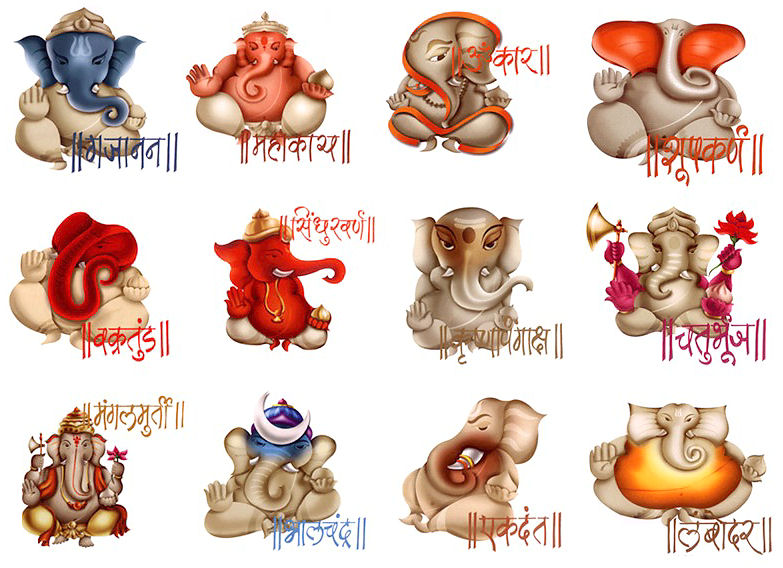Navaratri is divided into sets of three days to adore different aspects of the supreme goddess. On the first three days, the Mother(godess) is invoked as powerful force called Durga or Kali in order to destroy all our impurities and defects. The next three days, the Mother is adored as a giver of spiritual wealth, “Lakshmi”, who is considered to have the power of bestowing on her devotees the inexhaustible wealth. Lakshmi is the goddess of wealth. The final set of three days is spent in worshipping “Saraswati”, the mother as the goddess of wisdom. In order have all-round success in life, we need the blessings of all three aspects of the divine mother; hence, the worship for nine nights.
In South India, Saraswathi pooja is performed on the 7th day. Eight day is traditionally Durgashtami which is big in Bengal. The 9th day is Ayudha Pooja when everyone gives their tools of the trade -- pens, machinery, books, automobiles, school work, etc. a rest and ritually worships them. They start afresh from the next day, the 10th day which is considered as 'Vijaya Dashami'. Many teachers/Schools in south India start teaching Kindergarten children from that day onwards. Students also pay homage to their respective teachers as they are considered the third god (Maathaa, Pitha, Guru, Daivam - Mother, Father, Teacher & God). On this tenth day of Navratri in October - the holiday of Dussehra or Dasara, an effigy of Ravana is burnt to celebrate the victory of good (Rama) over evil.













